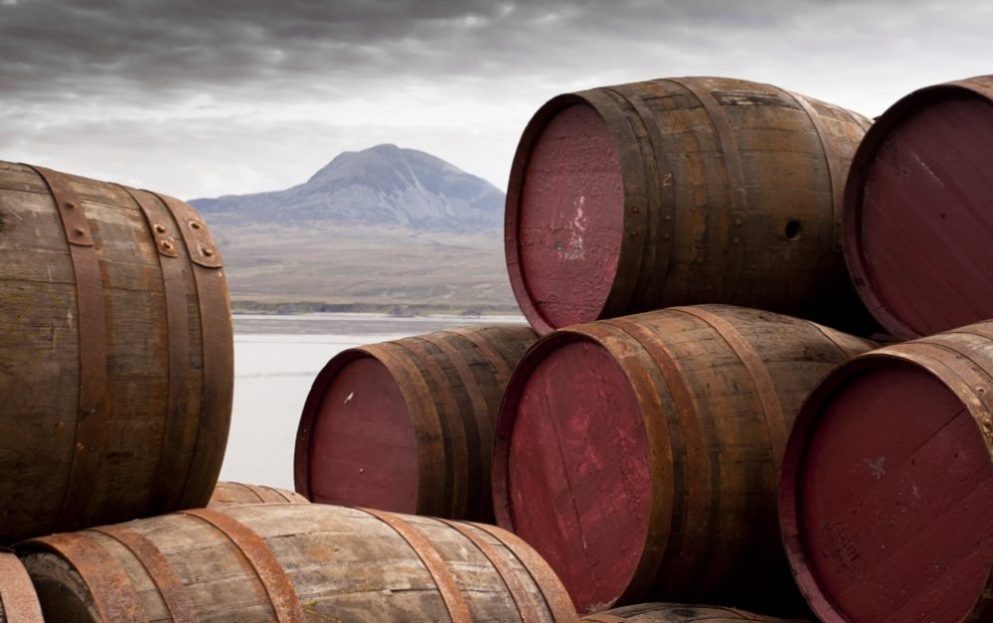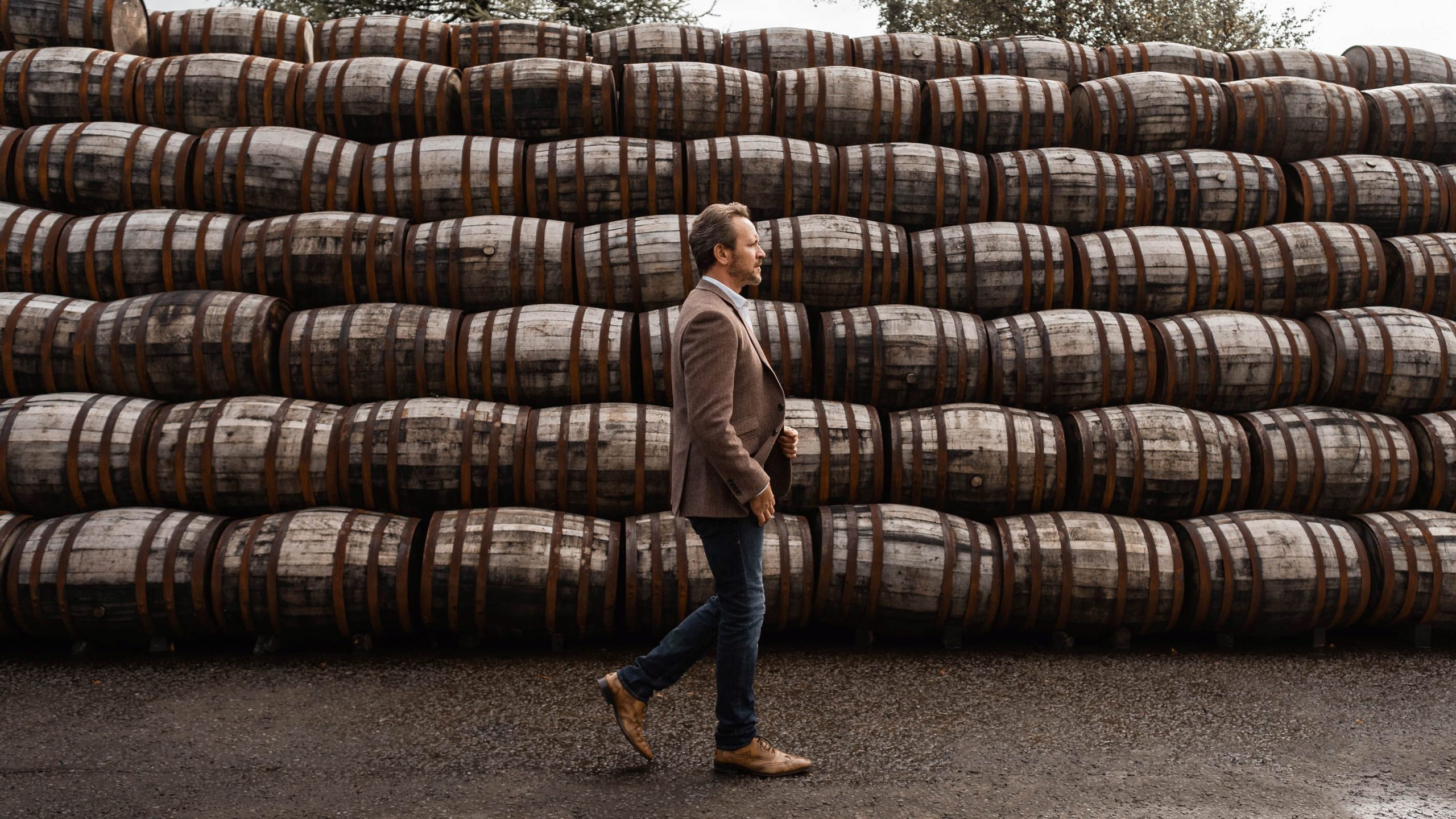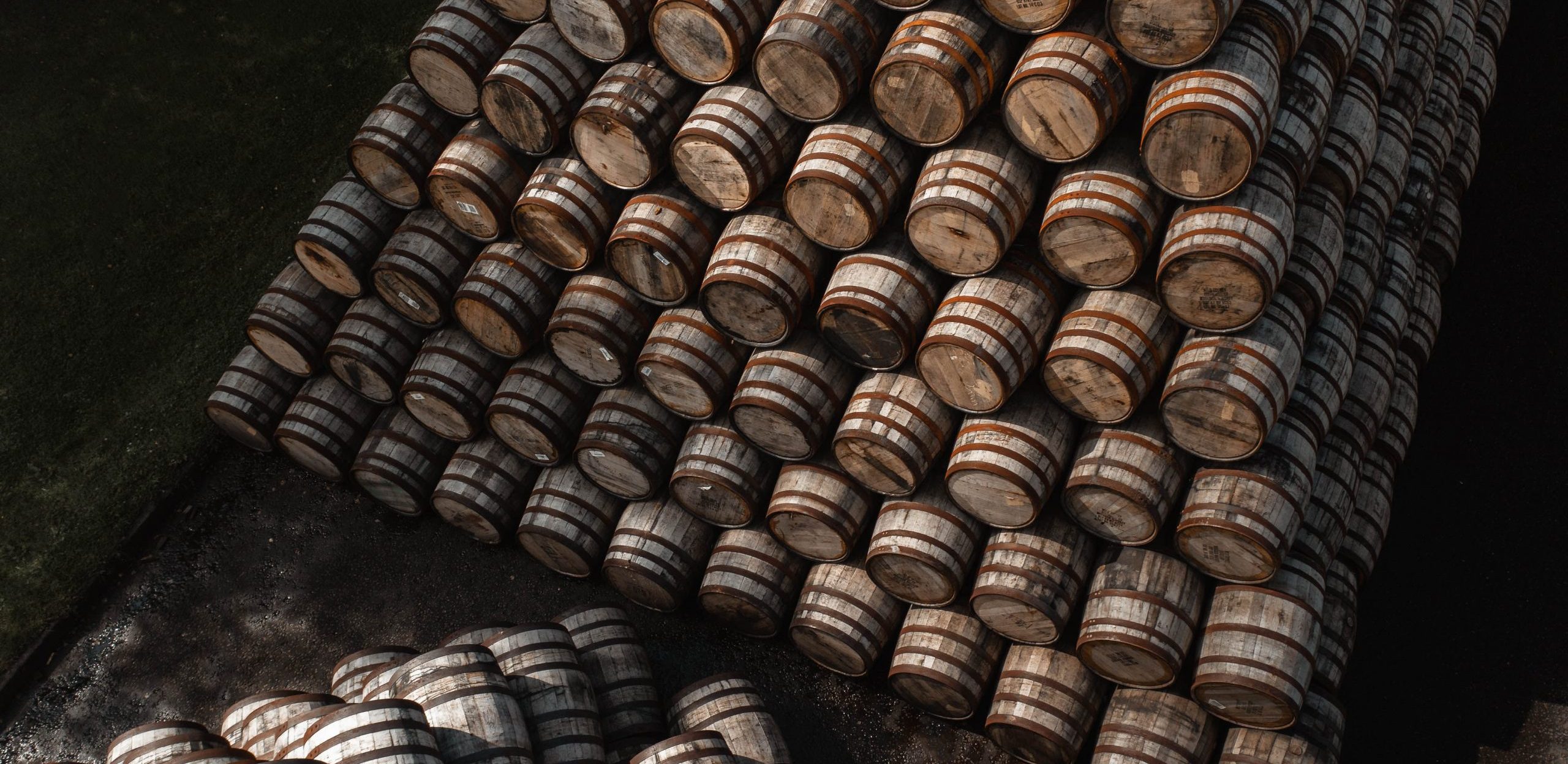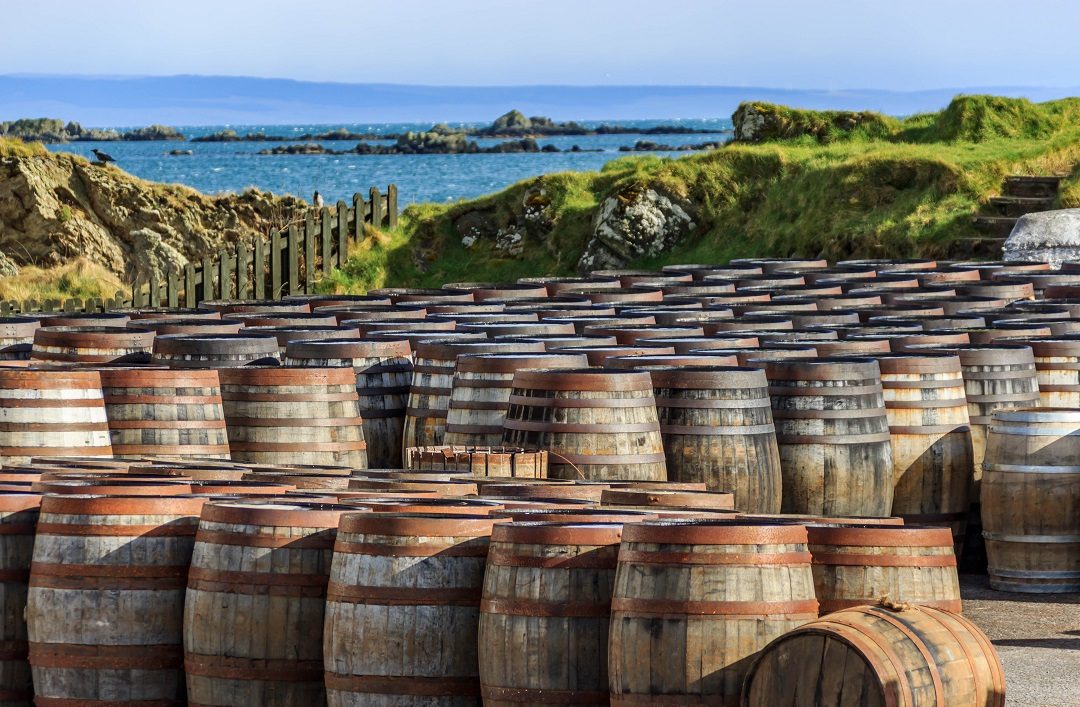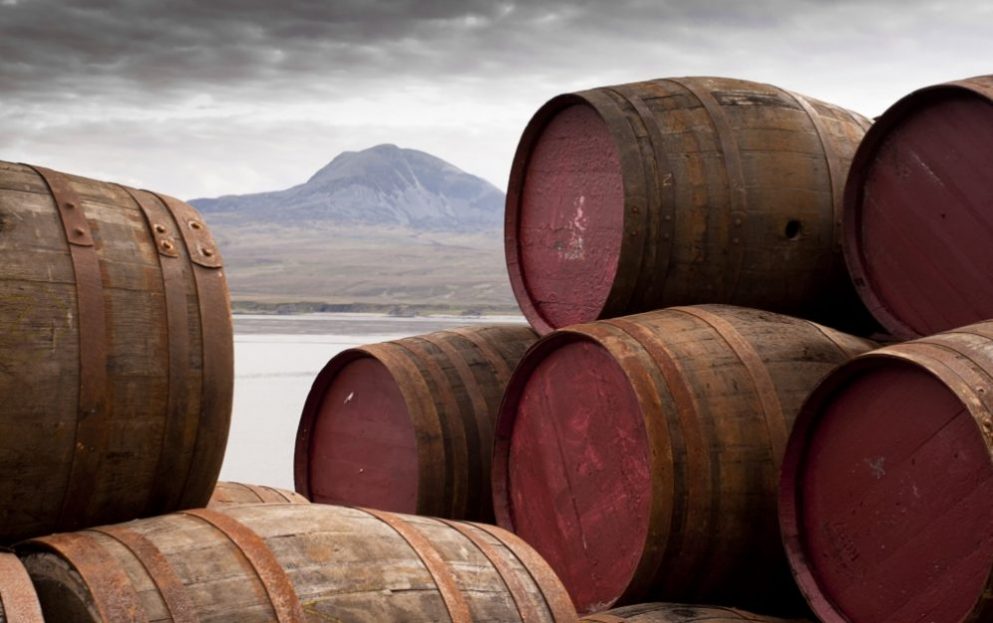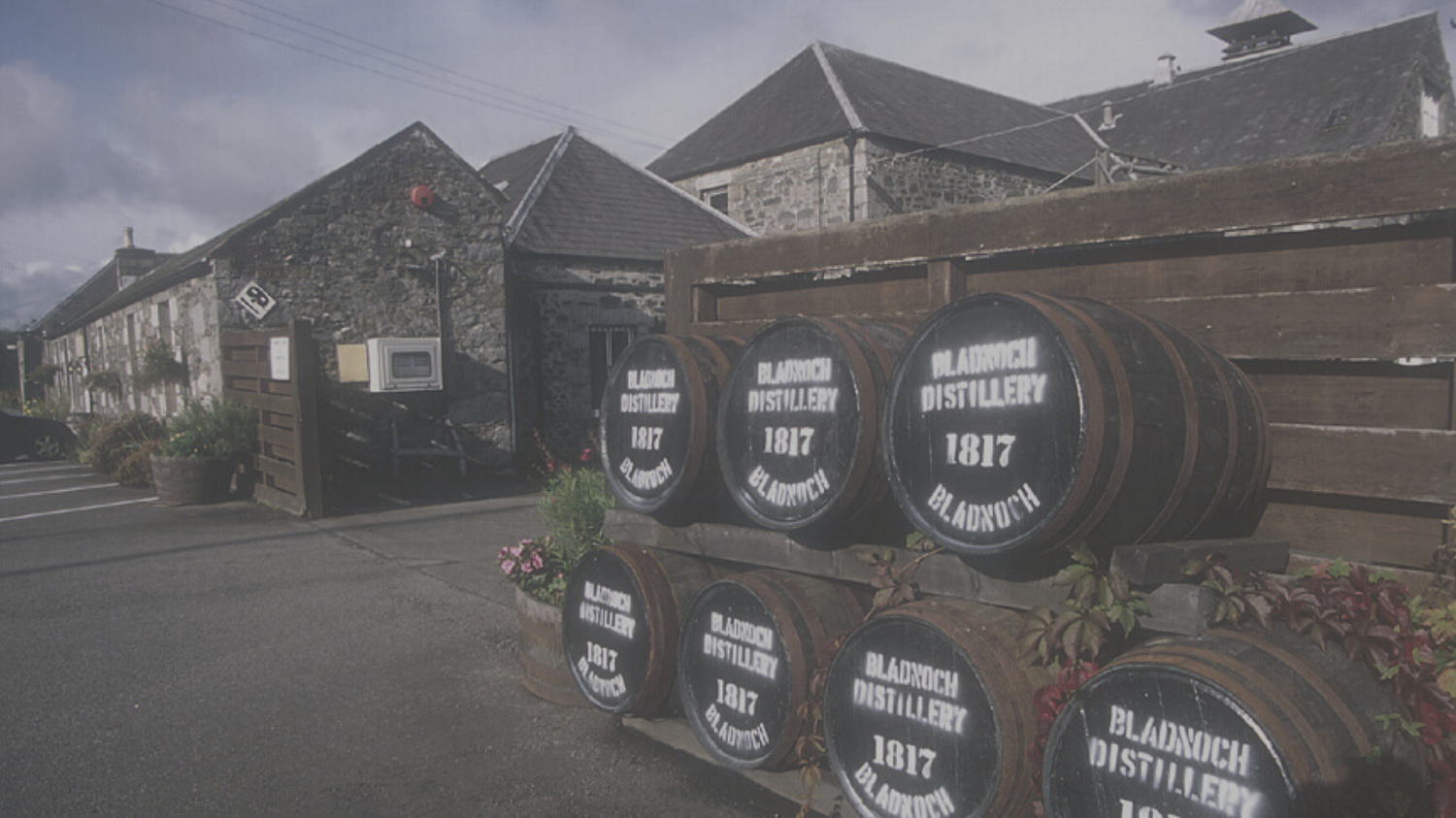In 2009, the Association launched its Environmental Strategy, which aimed to ensure the industry was playing its part in protecting the environment. This included voluntary targets for water quality, use of non-fossil fuels and energy efficiency, packaging, and sourcing of sustainably produced casks.
That was refreshed in 2016 and the achievements so far have been impressive, including:
- Reducing greenhouse gas emissions by 34%
- In 2008 only 3% of primary energy use was from non-fossil fuel sources. By 2020 this had risen to 28%
- A rise of 22% in efficiency of water use in whisky production
- In 2016 75% of waste was being sent to landfill. This is now just 1%.
This plan has now been completely updated for 2021 with the new Sustainability Strategy, which reflects the wider targets that are in place, not least the UK Government’s desire to achieve Net Zero carbon emissions by 2050 (with Scotland itself aiming for 2045).
The Scotch Whisky Association intends to achieve this within its industry earlier than that, with a new target of Net Zero by 2040. This will happen through encouraging members to switch to renewable sources of energy rather than fossil fuels, while ensuring that at least some distilleries become self-sufficient in energy, potentially by becoming bio-refineries.
The use of fully-recyclable materials in packaging and electric vehicles or rail to transport Scotch are also targets, with the latter in line with nationwide plans to ban the sale of non-electric vehicles by 2030.
The strategy will be showcased at this year’s COP26 United Nations Climate Change Conference in Glasgow in November.
Karen Betts, Chief Executive of the Scotch Whisky Association said: “A huge amount of work has gone into its development and is now going into its implementation. All of this is close to distillers’ hearts because we know we must protect the natural environment – we depend on natural resources to make Scotch Whisky.”
“We are also proud that COP26 will be hosted in Glasgow later this year. The eyes of the world will be on Scotland, and on ours and others’ efforts to reverse the damaging impacts of climate change. We are looking forward to showcasing our industry’s contribution to global efforts to ensure our generation can arrest climate change and secure the future of our planet.”
Environment and Climate Change Secretary Roseanna Cunningham added: “Given the huge burden that the pandemic continues to place on all our activities, it is imperative that we deepen collaboration between government, industry and wider society to deliver our green recovery – and I am confident that this strategy will support the association’s members to continue to aim high, to plan for the long-term and help become a net-zero nation.”

